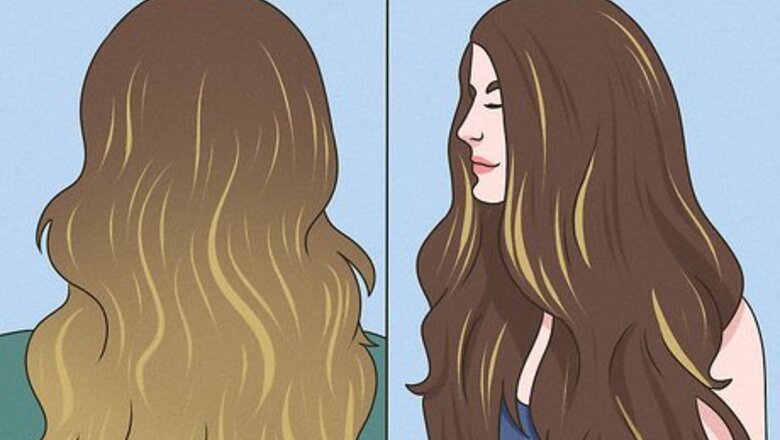
views
- A full balayage gradually lightens the hair all the way to the tips (excluding the roots) for a naturally bright, sun-kissed look.
- A partial balayage only focuses on lightening small portions of the hair rather than the entire head.
- Both balayage styles are easy to maintain and grow out, but a full balayage takes longer and costs more.
Key Differences
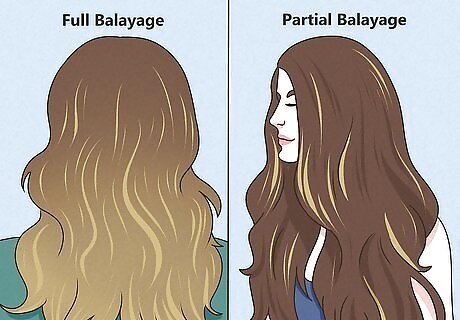
More bleach is applied in full balayage than in partial balayage. Only a portion of the hair is lightened in partial balayage, while full balayage lightens entire sections of hair. Because of this, a full balayage lightens everything but the roots, whereas a partial balayage only brightens the top layer and ends. Both styles focus on lightning areas of the hair the sun would naturally touch—one just does more than the other.
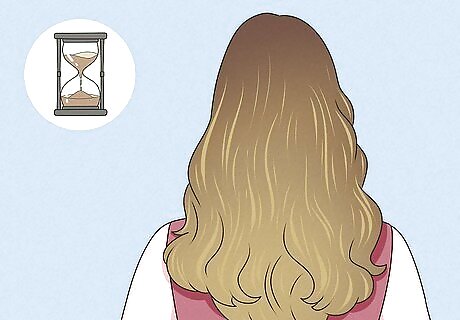
Full balayage takes longer than partial balayage. Because full balayage requires bleaching nearly the entire head, it takes a bit longer than partial balayage. So, if sitting in a salon chair for over an hour isn’t your jam, you may want to skip the full balayage. On average, a full balayage can take up to 3 hours to complete, while a partial takes about 1 hour.
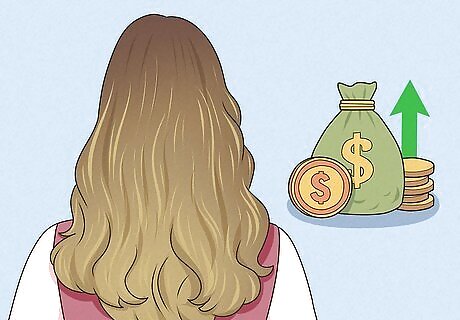
A full balayage is more expensive than a partial balayage. Think of it this way: the more bleach you put in your hair, the more expensive it’ll be. Time and supplies play a big part in how much a hair treatment costs. Generally, full balayage can be around $200 and $500, whereas partial could cost $100. Balayage costs vary depending on the salon you go to, so always ask a salon for an estimate before investing.
What is a full balayage?
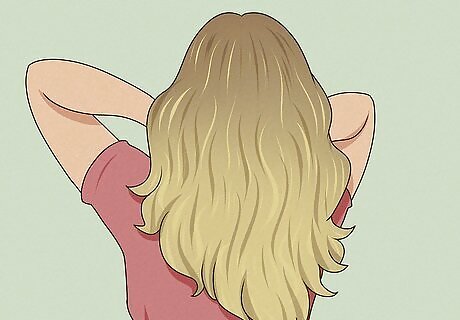
Full balayage is a hair painting technique that highlights the entire head. This technique is a popular style for anyone looking to lighten their natural hair without worrying about routine root touch-ups. Getting a full balayage involves painting larger sections of hair with bleach, blending the bleach up the hair (avoiding the roots) while focusing on the ends and edges. The balayage technique produces a natural graduation from dark roots to light ends without harsh lines.
What is a partial balayage?
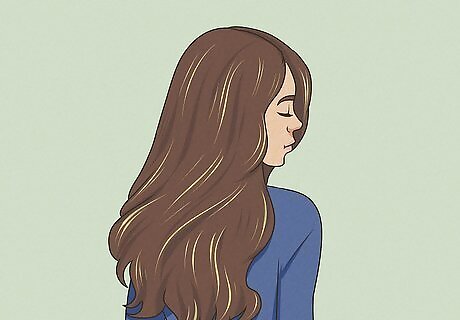
Partial balayage is when only part of the hair is lightened. This hair coloring technique is similar to a full balayage but only involves sparsely adding lightener through the hair. The process is typically done freehand by a hairstylist and focuses on painting the ends, upper layer, and face-framing hairs with bleach.
How long does balayage last?
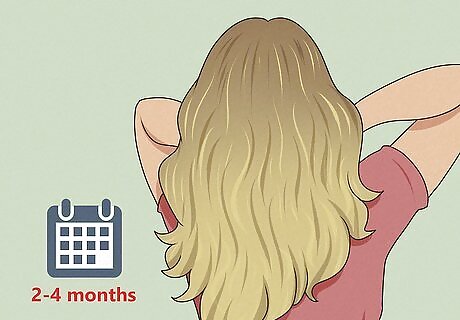
Full and partial balayage lasts between 2 to 4 months. The brightness of your balayage depends on your hair type and color. It’s best to listen to your stylist’s recommendation on how often you should freshen up your look. If your hair is dark, it may take more than one initial session to get the look you’re going for, as lifting dark hair to a blond shade is a bit more difficult. The beauty of balayage is that it grows with your hair. So, if regular touch-ups aren’t in your budget, your hair can continue to grow without it being noticeable.
Which balayage is right for you?
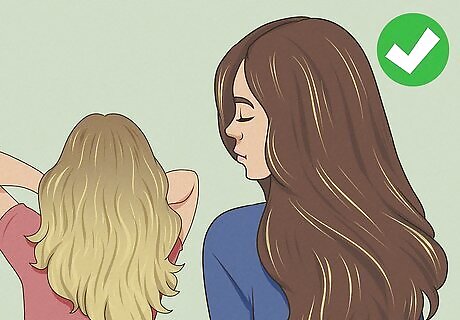
Opt for a partial balayage for a subtle change. If you want to spice up your look but don’t want to make a drastic change, partial balayage is perfect for you. The bleach application is minimal, which means less damage and less color. Partial balayage will add a hint of natural warmth and brightness to your hair without changing its overall color.
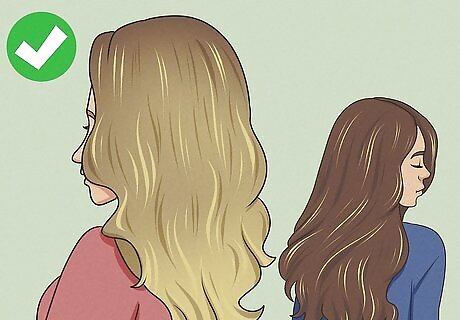
Choose full balayage if you want a two-toned look. Balayage is a great low-maintenance treatment that changes the color of your ends without touching your roots. This gives your hair a bright, sun-kissed look while transitioning from dark roots to light ends. So, if you want a drastic color change that doesn’t touch your roots, full balayage is for you.
What are highlights?
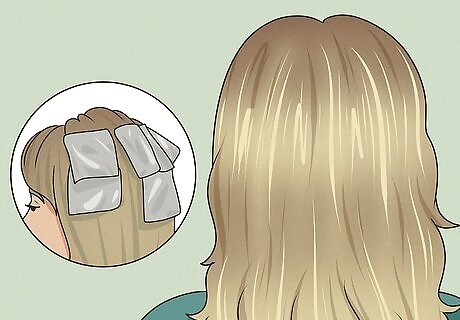
Highlights lighten hair with foils for a meticulous and less natural look. This traditional hair-lightening technique produces bright streaky strands of blond (or another preferred color) that cover the entire head, including the roots. Highlights pack more of a punch than balayage and don’t have the same natural graduation. Partial highlights focus on lightening the hair at the roots and hairline. Full highlights lighten hair near the roots, around the face, and back of the head.















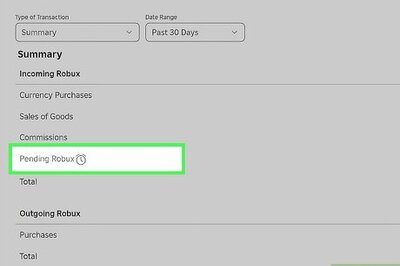
Comments
0 comment